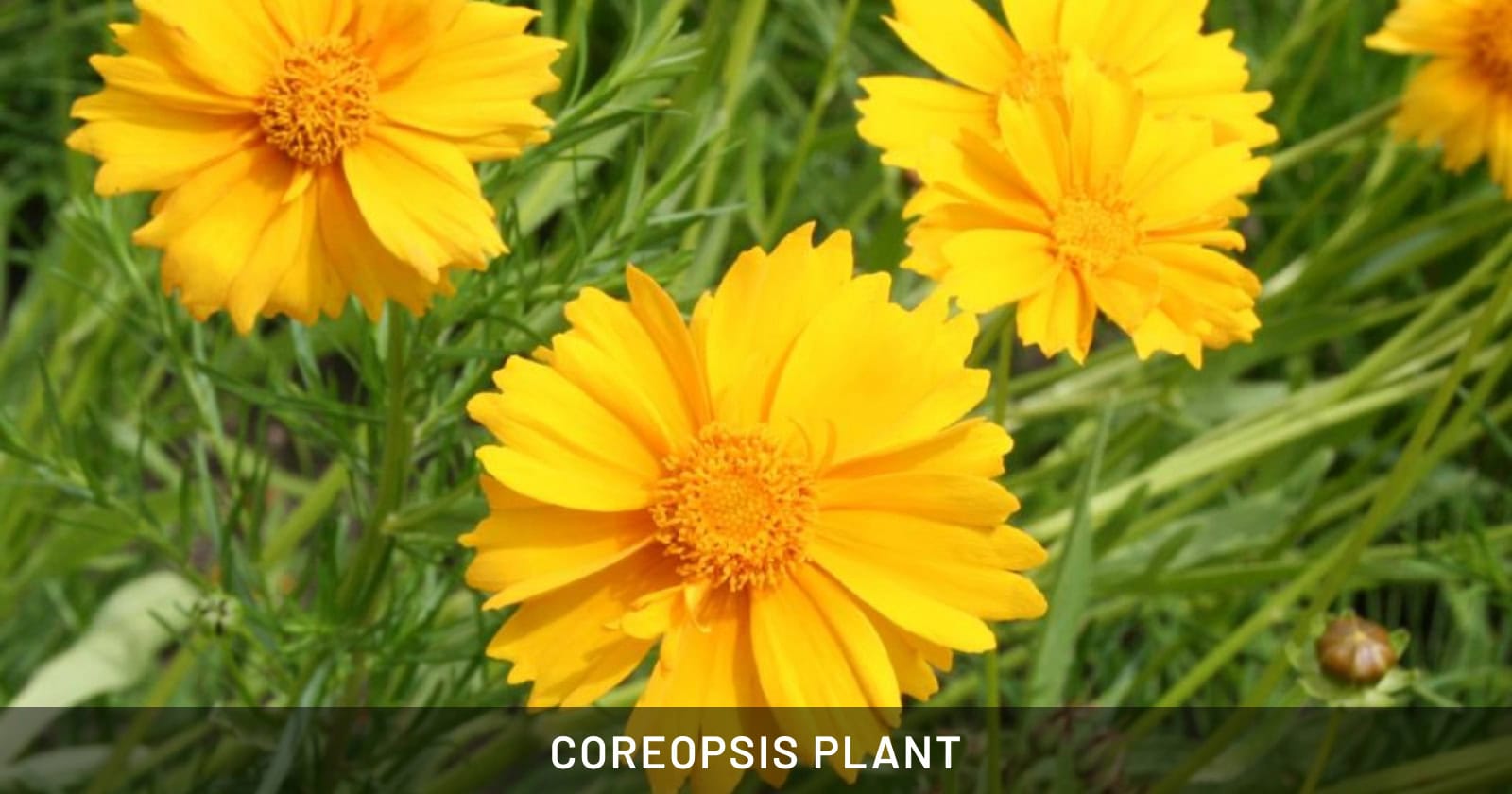Coreopsis

Coreopsis, often celebrated as “tickseed,” is a vibrant and hardy flowering plant that thrives across various U.S. climates, from USDA zones 4 through 9. These sun-loving perennials brighten gardens with a profusion of yellow, pink, or red blooms throughout summer. Coreopsis is not only admired for its daisy-like flowers and ease of care but also for being non-toxic to pets. Pet owners can breathe easy knowing these plants pose no harm if curious cats or dogs should nibble on them. To ensure robust growth, plant Coreopsis in well-drained soil and full sun. Regular deadheading of spent flowers will encourage continuous blooming and maintain their vigorous appearance. This low-maintenance choice is ideal for gardeners seeking long-lasting, pet-safe color in their outdoor spaces.
| Characteristic | Detail |
|---|---|
| Scientific Name | Coreopsis spp. |
| Common Names | Tickseed, Pot of Gold |
| Family | Asteraceae |
| Native Region | North America, South America |
| Plant Type | Herbaceous perennial |
| USDA Hardiness Zones | 4-9 |
| Growth Habit | Upright, clumping |
| Height | Typically 1-3 feet |
| Spread | 1-2 feet |
| Foliage | Mostly narrow, sometimes lobed, green leaves |
| Flower Colors | Yellow, gold, pink, red, bicolor |
| Bloom Time | Early summer to fall |
| Light Requirements | Full sun to partial shade |
| Soil Type | Well-drained, sandy |
| Water Requirements | Moderate, drought-tolerant once established |
| Propagation | Seed, division |
| Pests/Diseases | Generally pest-resistant, some susceptibility to rust |
| Toxicity | Non-toxic to pets |
| Uses | Borders, containers, mass plantings, wild gardens |